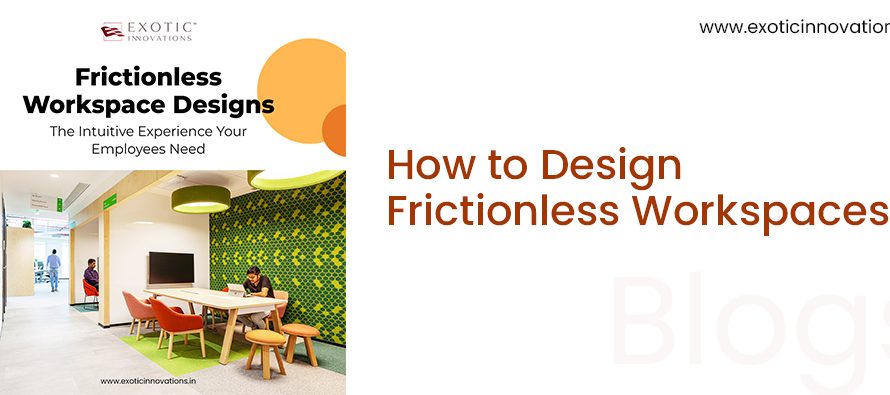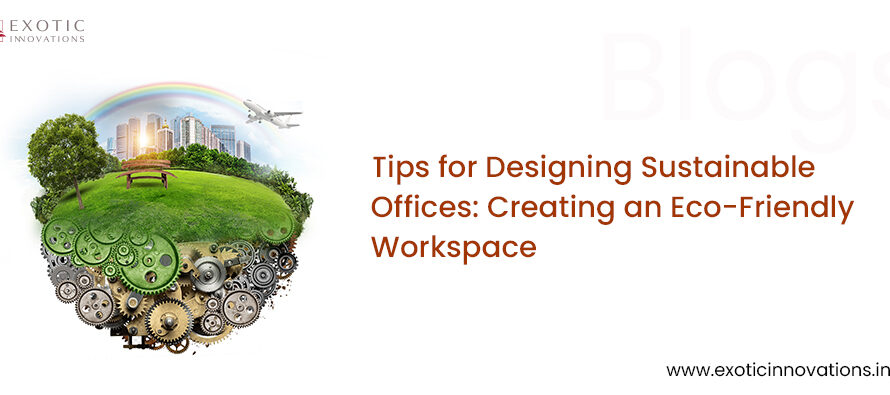Shantanu Naidu, a 28-year-old MBA graduate from Cornell University is Ratan Tata’s assistant and investment advisor. They both run roughly fifty years apart and yet share a profound professional relationship. He is more often than not flippantly referred to as Mr. Tata’s millennial friend and co-worker. Their relationship is the first of many that are going to become increasingly common as we foray into the working world, especially when internships for retired workers are becoming a thing. The workspace is evolving and by that, I mean more inclusive and flexible to ideas that were once deemed counterproductive and straitjackets.
A workspace should be such that the needs of each and every worker are sufficiently met. They should be designed keeping in view factors of diversity, ethnicity, and generations. But the question is do workspaces accommodate multi-generational needs?
Five generations walk the earth en route to offices currently:
- Traditionalists (The Silent Generation) – born before 1946
- Baby Boomers: born between 1946-1964
- Generation X: born between 1965-1980
- Millennials: born between 1981-1996
- Generation Z: born post-1996
It is obvious that workers belonging to different generations have different sets of needs, unique methods of working, altered priorities, and a nascent perception of work itself. Therefore, to design the workspace such that the needs of the generation spectrum are met is easier said than done.
Modern workspaces are spearheaded by gen-Zs and millennials. From the company’s founder to the interior designer, everyone involved has the same expectations from their business and workspace and hence the entire system is laid out to cater to the whims of the endured Internet mind. But for one’s self-awareness or an outsider’s opinion, we don’t realize that in the quest of creating the most dynamic, inclusive, and studded workspace, all that has been achieved is an unwelcoming presence for those workers who have only worked in a CRT Computer and are used to having their own private chambers. This is not to discount the massive strides of improvement that modern workspaces have taken in terms of maintaining work-life balance and integrating biophilia; rather it is a reminder to take multi-generational needs into consideration.
While Gen Zs prefer flexible working hours and communal stations to discuss work and take breaks, millennials and baby boomers have been brought up in an environment that placed emphasis on routine and system. Sprawling cafeterias and indoor games hubs therefore may feel preposterous for them since the place and work theory comes into the picture. Read why it matters here
Many decisions that guide workspace design stem from work style. Open office areas are the perfect design for the current generation as it enables them to interact easily, enable frequent locomotion and be in touch with nature as well. However, for some workers, it may not suit that well and hinder productivity. To design a workplace that’s multi-generational, it needs to have a mix of private, dedicated workspaces, collaboration spaces, café-style temporary workspaces, and lots of meeting rooms.
Design should be approached with the mindset of boosting productivity and creating a space that’s comfortable for each and every employee. Workplace satisfaction is a crucial factor that employees regardless of which year they’ve been born consider while deliberating leaving or staying at their current position and workspace design massively influences workplace satisfaction. Design is not only a tactic for recruiting the next generation of talent. It should be evaluated regularly to ensure it equally supports wellness, engagement, and productivity.
Having multiple generations working together in a business is a serious advantage that demands additional work on harmonizing their needs. Bridging the significant differences between them with effective workplace design is imperative to producing a healthy, productive, and competitive work environment that companies can sustain through the years.
Found it useful?
Share our blog and let us know what you think in the comments!



